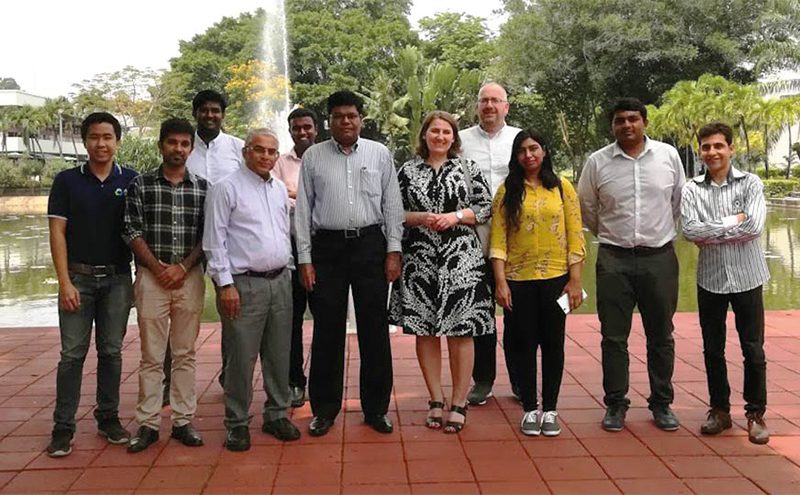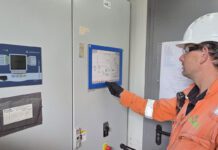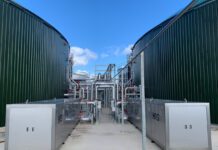
Researchers at Loughborough University have collaborated with colleagues in Thailand to develop a small scale biogas system that converts food waste to methane and can be monitored via the internet. The project investigates some of the possibilities that might emerge with the use of sensors and remote monitoring in conjunction with community-scale AD.
Loughborough University’s Dr Tanja Radu and Dr Richard Blanchard have been working with academics from the Asian Institute of Technology (AIT) on a project titled ‘Decentralized Community Scale Anaerobic Digestion: Resource Recovery and Waste Treatment’.
The collaboration has led to the installation of two biogas plants – one at Loughborough University and one on the
AIT campus in Bangkok –
that use cafeteria waste as the feedstock.
The biogas plants – “Biogas Plant 4.0” its creators suggest – will provide a higher efficiency and energy yield than is normally expected.
Professor Chettiyappan Visu of the AIT team explained: “By embedding sensors with the digester, the pulse of the plant is heard from miles away.
“The quality of the biogas generated is monitored by employing a sophisticated online biogas analyzer.
“With real-time data generated, analytical work becomes much simpler. Whenever there is a deviation of the data trend from the optimal range, appropriate precautionary measures are taken to prevent any irreversible damage to the biogas plants.
“A low-cost monitoring platform eliminates the need for complex experimental procedures that were not previously viable at decentralized level.”
The performance parameters of both pilot plants are checked in regular time intervals and the information is sent to a joint web portal.
In this way, a concept of centralized monitoring of decentralised biogas generation has been achieved, where monitoring is enabled in real time.
Researchers from both institutions have access to the web portal and real-time data.
Dr Tanja Radu said the project addressed “the issue of remote monitoring on a community scale.”
“We have shown that this is possible to achieve with only a fraction of the cost usually associated with process monitoring on an industrial scale.”






